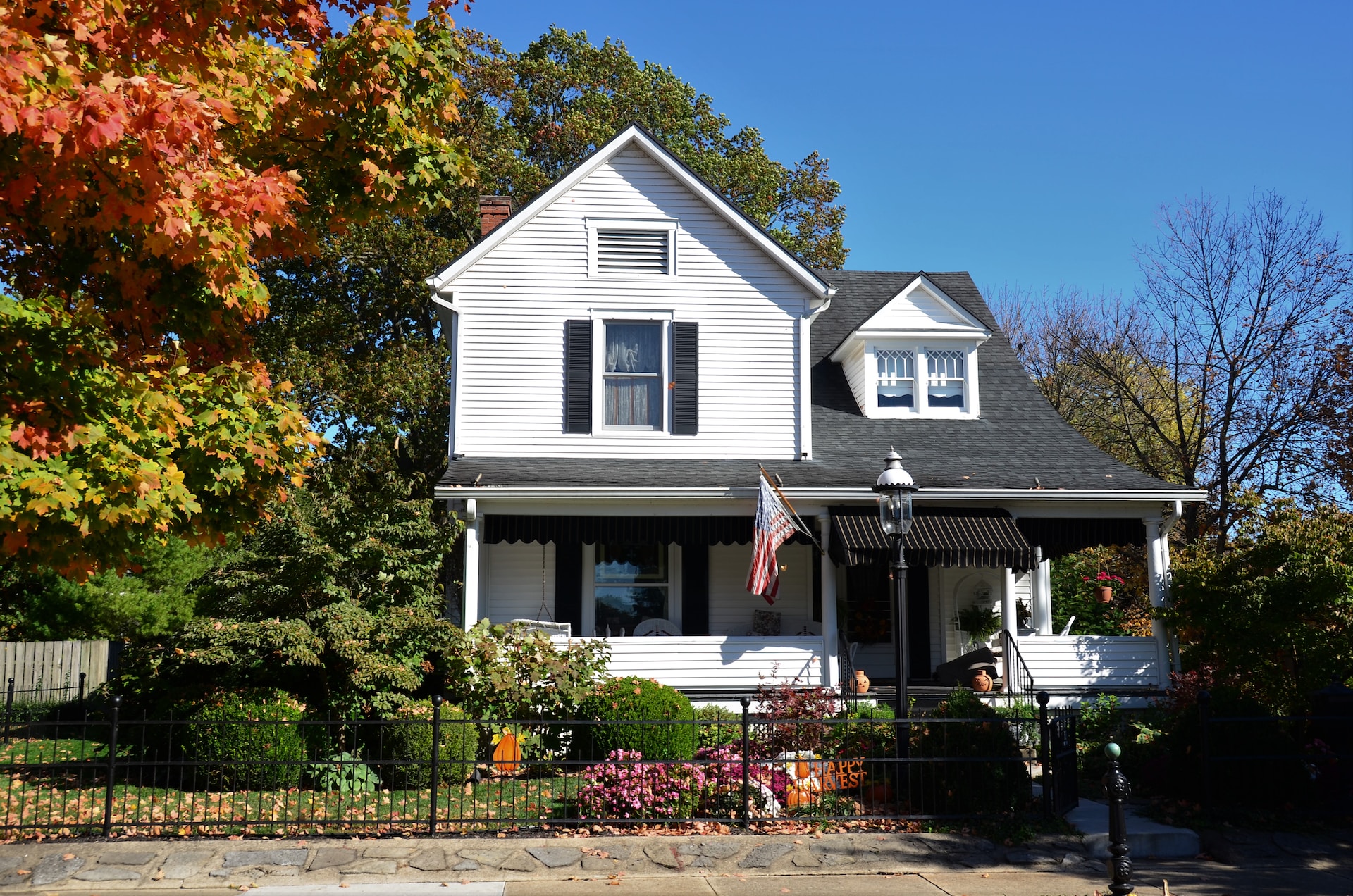The Definitive Guide to VA Home Appraisals: Insights and Essentials
A VA home appraisal is not just a formality; it serves a critical purpose in the VA loan process. The primary objective is to ascertain the property’s fair market value, ensuring that veterans and active-duty service members do not overpay for their homes. Additionally, the appraisal ensures that the property meets the Minimum Property Requirements (MPRs) set by the VA.
This definitive guide aims to explain the key factors and steps involved in the VA home appraisal process to help you make strategic negotiations with confidence.
VA Appraisal Fees: Understanding Your Financial Responsibility
Unlike some other aspects of the VA loan, such as the funding fee that may be rolled into the loan amount, the VA appraisal fee is a direct financial responsibility of the borrower. This fee is separate from other closing costs and is typically paid upfront.
The specific amount of the appraisal fee is not fixed and can vary based on several factors:
- Location: Appraisal fees are influenced by the geographical location of the property. In high-cost areas, the appraisal fee may be higher, reflecting the overall market conditions.
- Property Complexity: The complexity of the appraisal can impact the fee. If the property has unique features, extensive acreage, or requires additional assessments, the appraisal fee may be adjusted accordingly.
The VA Home Appraisal Process
- Requesting a VA Appraisal
The lender initiates the appraisal by requesting a VA-certified appraiser when a borrower applies for a VA loan. Once assigned, the appraiser schedules an on-site visit to evaluate the property.
- Completing the Appraisal Report
Post on-site evaluation, the appraiser compiles their findings into a comprehensive appraisal report. This report includes the appraiser’s estimate of the property’s value, supported by data and analysis. Both the borrower and the lender receive a copy of the appraisal report.
Common Challenges in VA Home Appraisals
Disagreements on Property Value
- Appraisers may sometimes assign a different value to the property than the seller has requested.
- If other buyers are interested in the property and willing to offer the asking price, the seller is unlikely to reduce the property value.
- Negotiating the property value in line with a VA appraisal can complicate negotiations and could result in losing the property to another buyer.
Repairs to Meet Minimum Property Requirements (MPRs)
- The VA has specific standards for the property condition, and appraisers may identify repairs needed to meet these requirements.
- Sellers may need to address these repairs before the VA loan can move forward, leading to additional negotiations.
- If other potential buyers are interested in the property and are ready to purchase it in its current condition, the seller might be unwilling to undertake the necessary repairs.
We asked Dana Hendrix from DSLD Mortgage, a VA loan specialist provider, for some tips for overcoming common VA home appraisal challenges. He told us,
- Discuss any concerns or disagreements promptly to facilitate a resolution.
- If repairs are necessary to meet MPRs, request a timeline for when they will be completed.
- Research the local real estate market conditions, as this can impact property values.
- Seek advice from mortgage experts with experience in VA transactions.
- Acknowledge that unexpected challenges may arise, and be flexible with timelines.
5 Factors That Influence Property Value
Several factors contribute to a property’s value, and appraisers consider these when conducting their assessments. Some of the key factors include:
- Location
Proximity to schools, public services, amenities, and the crime rate in the overall neighborhood can significantly impact a property’s value.
- Size and Layout
The property’s size and the home’s layout are crucial factors. Appraisers consider the number of bedrooms and bathrooms, total square footage, and the overall flow and functionality of the space.
- Condition of the Property
The property’s condition, including both the exterior and interior, is a key consideration. When the property requires repairs, it may be valued lower than the average price of similar properties in the area.
- Comparable Sales
Appraisers use comparable sales (or “comps”)—recent sales of similar properties in the same area — to help determine a property’s value. To determine the amount a property sold for the County Recorder’s Office provides accurate information accessible to the public. The Public Records Online Directory serves as a convenient way to find out if your County Recorder’s office offers an online platform where you can retrieve such information.
If the property is located in a non-disclosure state or county, contacting a local realtor is a viable option. Realtors have access to the Multiple Listing Service (MLS) specific to the area and can often provide you with the precise selling price.
- Upgrades and Features
Upgrades and unique features, such as a renovated kitchen, modern appliances, or a swimming pool, can positively impact a property’s value. However, the property could be overpriced for the area if the seller has spent considerable money on improvements. An example of this could be a small property with a large swimming pool. The house value will not necessarily increase in line with the cost of the pool.
VA Home Appraisal: Take Away
A VA home appraisal is a key part of buying a property with a VA loan. The most common issue during the VA appraisal process is when a property is priced higher than the appraisal value. Understanding the factors that influence property value can help you save money and time on a VA appraisal for a property unlikely to meet the requirements for a VA loan.

